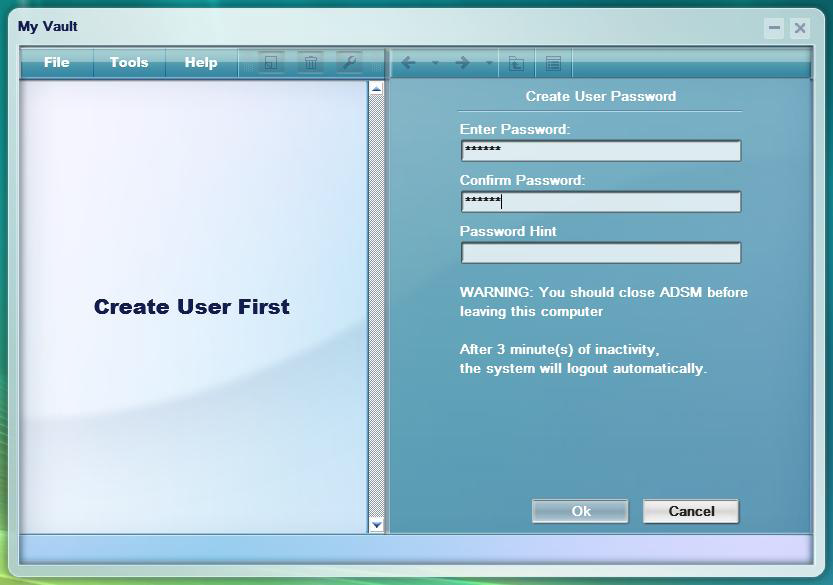Access Database Security Crack Software 9,1/10 8968 votes
- Access Database Security Crack Software Windows 10
Database security covers and enforces security on all aspects and components of databases.
Hackers' top six database attacks: “Now instead of a user name, it’s a SQL command and it’s put into a packet and sent by the app server. To the database. The database reads the rogue SQL command, and it could shut down a database altogether,” he says. “That’s poor developer practice. This article is a step-by-step guide for how to crack Microsoft Access password. Database in SQL database which enhanced its security and its multi. It is access database password cracking program which find all recent.
A few best practices can go a long way toward protecting your Access data from careless or overly curious users. Here are some simple ways to add a few layers of security to a database.Data is an asset. Therefore, data is money. Even if the data isn't directly involved in the exchange of goods or services, it still has value. That's why it's so important to protect it.

Access Database Security Crack Software Windows 10
The operating system employs the best security, but it's not always practical, especially on a stand-alone system. In the Access world, the next best thing is the user-level model (which Access 2007 doesn't even support). User-level security is complicated and deploying it takes time and special knowledge.When the best security measures aren't possible (or necessary), you can implement less robust security measures to protect your data and design. Just keep in mind that the following tips prevent accidents by honest users and the mildly curious with enough knowledge to be dangerous.
These tips don't offer reliable security, in and of themselves. But by combining a number of them, you can get a level of security that's better than no security at all.Note: This article is also available as a. 1: Check and reset settings using the AutoExec macroUse the AutoExec macro to check and reset security options that processes might have changed during the last work session. AutoExec is a special macro that executes when the database opens.
To create an AutoExec macro, simply name a new macro AutoExec. For instance, the macro in Figure A runs a user-defined function named Startup, which does the real work of checking and setting security properties before the user can go to work. The macro just executes it.Figure AUse the AutoExec macro to initiate important security settings.
2: Hide the Database windowStartup options, shown in Figure B, let you determine specific behaviors when the database opens. Two of these features lend a hand toward securing your database a bit:. Display Database Window: Deselect this option, and the next time someone opens the database, Access will hide the Database window. Users won't have immediate access to any objects.

Use Access Special Keys: Deselect this option to inhibit the use of F11 to unhide the Database Window.Figure B. Set startup options to hide the Database window.Both settings work together. If you don't deselect the Use Access Special Keys option, users can press F11 to unhide the Database window.To access the Startup options, choose Startup from the Tools menu.
In Access 2007, click the Office button and then click the Access Options button. Select Current Database in the left pane and you'll find these options in the Application Options section. Access 2007 doesn't have a Database window, but you can hide the Navigation Pane in a similar manor. That option is in the Navigation section just below the Application Options section.Deselecting the Display Database Window option will also disable the Startup command.
Users can bypass all these options by holding down the Shift key while opening the database. That trick's handy for you, but leaves the database vulnerable to anyone else who knows about it. A user can also import objects into a blank database to bypass startup settings. 3: Bypass the bypass.
You can use the interface to hide the Database window, but the Shift key bypass renders the database vulnerable to anyone who knows about it. That's why there's a bypass to the bypass. To close the bypass crack, set the AllowBypassKey property to False when the database closes. Automate this process by calling the following code from a close task - just which task is up to you: Public Sub SetStartupOptions(propname As Stringpropdb As Variant, prop As Variant) 'Set passed startup property.

